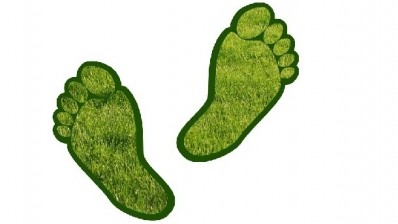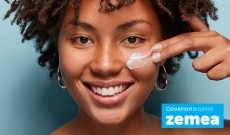Special Newsletter: Sustainaibility
Why are Unilever and L’Oréal leading the way on sustainability?

But it has been L’Oréal and Unilever that have appear to have really pushed the boundaries on their sustainability programmes, setting seemingly impossible objectives that have consistently been achieved.
However, mentioning the word sustainability can bring about no small measure of cynicism, and there is plenty of environmentalists and associated activists who are ready to pick holes in the efforts that are being made by these sort of companies. Sometimes with good reason.
Some would argue that these huge multinational operations had a lot of room for improvement and it is also commonly suggested that sustainability objectives have helped to increase profit margins by enhancing manufacturing efficiencies.
Cutting pollution is paramount
But at the end of the day, any initiatives that help to conserve finite resources, cut pollution and serve to make the environment cleaner should be welcomes regardless.
One of the most widely recognized measures for the corporate world’s achievements in helping to fight the crucial area of climate change is the annual list published by the NGO, Carbon Disclosure Project (CDP).
Referred to as “the most powerful NGO on earth” the fact that it represents 822 institutions accounting for US$95 trillion in revenues gives its assessments carry no small amount of clout.
The ultimate goal for any sustainability initiative is to contribute towards cleaning up the planet and in turn reducing the risks posed by global warming and it is without reasonable doubt that one of the main factors contributing to climate change and warming is carbon emissions.
Look out for the CDP’s annual report!
The CDP is due to publish its 2016 annual report within the next few weeks, but in 2015 it was both L’Oréal and Unilever that made the shortlist for the consumer staples category, the only two cosmetic and personal care players to make the list with an ‘A’ ranking.
Unilever achieved the rating for the fourth consecutive year, being awarded the maximum Disclosure score of 100, while it was the third year that L’Oréal notched up the top rating, this time with a score of 99.
So why were these companies ranked so high? What measures have they successfully implemented that have won them such high recognition in recent years?
Why Unilever won points
In the case of Unilever, it has consistently hit its own tough and self-imposed goals while simultaneously turning sustainability into a branding opportunity and ultimately improving health and well-being, reducing environmental impact and enhancing livelihoods under its Sustainable Living Plan.
The initiative is credited with helping to raise the company’s satisfaction levels among consumers and is serving to grow the business while reducing the environmental footprint of it operations.
It was first developed in 2009 and enhanced in 2015 and has been credited with reducing carbon emissions from factories by 37% since 2008, while also reducing waste to landfill by 85%. Perhaps most importantly for the company’s executives and shareholders, the plan has also been credited with helping to raise revenues by 22% within that same time-frame.
In 2016, the leadership of Paul Polman has continued to see continued improvements in its financial performance, while still marching towards its sustainability initiatives, a feat that is likely to see the company again recognised by the CDP in this year’s list.
Why L’Oréal won points
Meanwhile, L’Oréal is another good bet to make this year’s CDP list again, having recently published its latest annual sustainability report confirming that it had succeeded in a 56% reduction in CO2 in 2015, while also keeping well ahead of average industry growth rates.
These goals are being reached through the company’s ‘three catalysts’ plan which means reducing energy consumption at its plants and distribution centres, expanding the use of renewable energy and reducing emissions linked to the transportation of products, from its plants to its distributors.
Like Unilever, L’Orêal’s sustainability initiatives are translating into the claims used on its products, with 74% of the products launched in 2015 having an improved environmental or social profile. And consumers are liking it.
All the pointers are that the world’s biggest cosmetics player has continued to sustain its momentum in 2016, so the likelihood of it joining Unilever on the CDP shortlist also remains strong.






















